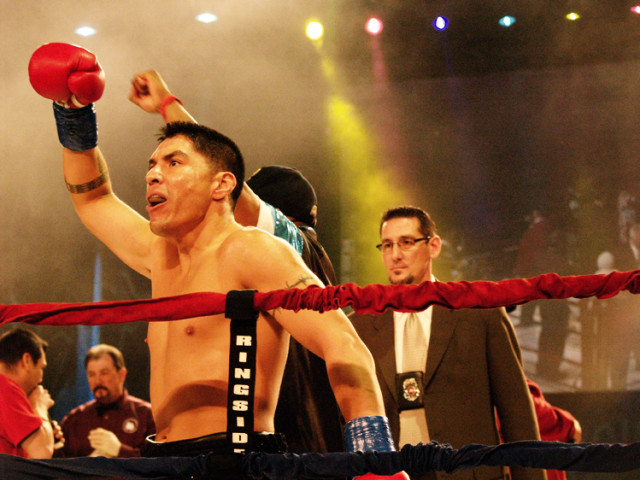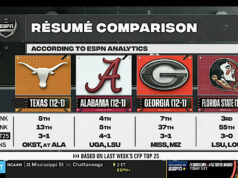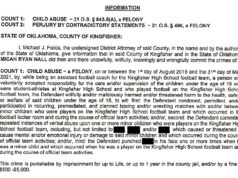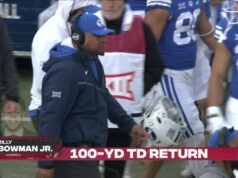
George Tahdooahnippah loves boxing. He loves stepping into the ring, staring down other fighters before the bell, gauging distances with his punches and finding that one, small opening to land a haymaker. His right hand can leave an opponent battered and oblivious, a human shell prone on the canvas, only somewhat watching Tahdooahnippah commemorate another knockout with a victorious war dance.
But even on nights when a reporter calls him to discuss boxing, Tahdooahnippah (pronounced Tat-ta-nap-per) remains focused on a task more meaningful than adding another notch to his already impressive 34-2-3 professional boxing record.
He’s giving his kids a bath.
Tahdooahnippah, a Lawton native known in boxing circles by his ring nickname “Comanche Boy,” may be the most well-known fighter ever to hail from Oklahoma, but he would be just as happy to rank as one of the best fathers in the region, or one of the best Native American role models. Without his family and fellow Native Americans standing behind and beside him, Tahdooahnippah says he wouldn’t be the person he is today.
“I always say it’s teamwork, not only from my wife, but it’s also my dad, my entire family plus my wife’s mother and father, the Comanche people — all native people,” the talented pugilist said two weeks after fighting Delray Raines of Arkansas to an eight-round draw at the Firelake Arena in Shawnee. “I’ve had a lot of people’s help.”
At age 36, Tahdooahnippah is the father of five children between the ages of one and 11, and he finds himself living a slightly different life than when his boxing career began.
“A lot of my boys play sports, and I still make time to coach them a lot,” he said. “I’m coaching their football team right now. Half the team is made up of Comanche kids. I recently had to train for a fight and I couldn’t make some practices, but my assistant stepped in and handled it. It just takes a lot of teamwork (and) communication with everyone.
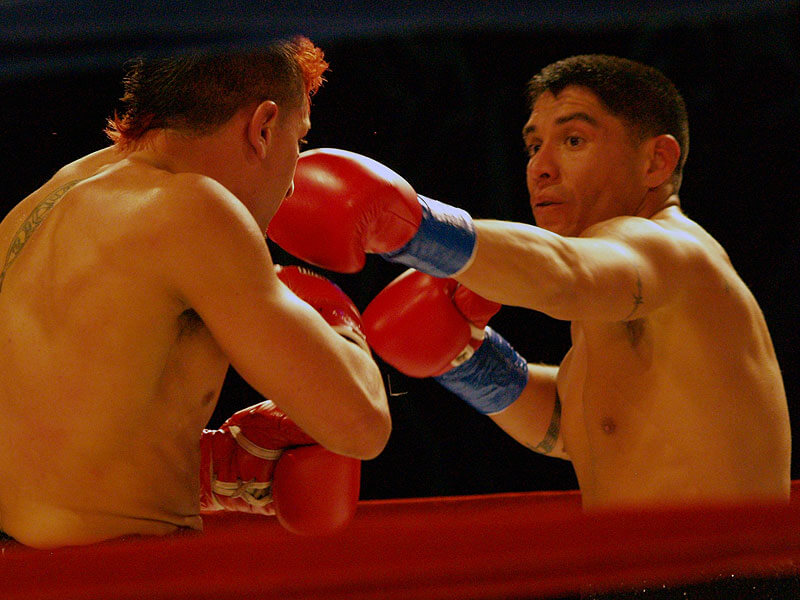
“It’s not just with my Comanche tribe that it’s like that. Almost every Indian tribe is the same way. Grandmas, grandpas, fathers, sons all pitch in to help. With me, with so many kids, it’s tough. My wife has a full-time job, and I also work a full-time job in construction besides my boxing. But I just have a schedule, and we all just work together to make it all happen.”
What they have worked together to make happen is an impressive Tahdooahnippah family made up of George and his wife, Mia, who recently completed her master’s degree, and their children: Nacona, George Jr., Talon, Lulu and Rivers.
“(George) grew up in athletics, but we stress academics here in the home,” said Mia Tahdooahnippah. “George does focus on their sports some, but we make sure we go round and round with both homework and sport practices to try and reach a balance for the family.”
Additionally impressive is the 34-2-3 boxing record “Comanche Boy” has piled up over the past 11 years in middleweight and super-middleweight divisions. This success, both inside and outside the ring, has caught the eye of those in the boxing industry, including his current promotion company, Star Boxing.
“We signed George because we respect him for his successes and character outside of the ring as much as we recognize the success he has had inside the ring,” said Joe DeGuardia, president and CEO of Star Boxing, based in New York City. “His devotion to his family as well as his culture and heritage (and) his efforts on tribal affairs make us proud to have him as part of our team. We expect to continue our excellent relationship with him long after he hangs up the gloves.”
The eyes Tahdooahnippah most likes to catch, though, are from his immediate relatives and his extended tribal family. With American Indians not particularly well represented in professional boxing, Tahdooahnippah has become the face of Native American boxing almost by default.
“By default,” however, is not a strong enough connection to his people for Tahdooahnippah. He has always hoped to make the name “Comanche Boy” a point of pride for all tribes around the country.
“One time, I was out running and training out in the country,” Tahdooahnippah recalled. “This car pulls up next to me, and I look over and see it’s an old Indian woman driving. She put her hand out and tapped me and said, ‘Go Comanche Boy, go.’
“It was just a day where I was up making myself run and it seemed to be one of those days where it was hard to get motivated to keep training and working. But, meeting that woman like that, it just fired me up. I remember when she drove away, I noticed she had Apache-tribe license plates. I thought, ‘That’s great!’”
Tahdooahnippah does recognize his boxing career will eventually come to a close. “Comanche Boy” is 36-years old, considered the twilight years for boxers, and nobody understands it more than Tahdooahnippah.
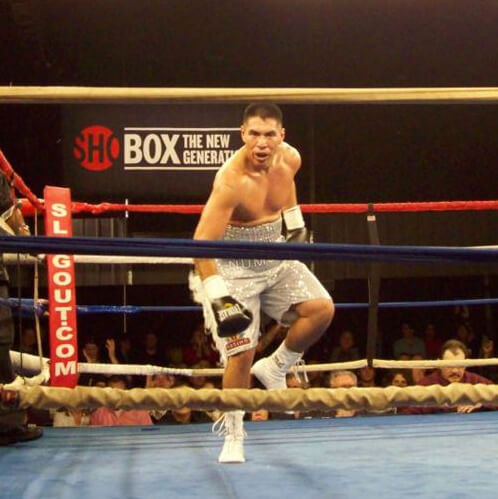
His lifelong dream has been to make it on an HBO Boxing telecast. While that has not happened, he has created a following with several appearances on ESPN2’s now-defunct Friday Night Fights over the years.
Moving forward, Tahdooahnippah said he wants to remain close to his heritage and work in tribal politics once he does hang up the gloves for good. He’s not ready to say when that time might be, however.
“If I wanted to, I could push it another three years, but I’ve put in my time and am about ready to turn the page into the next chapter in my life,” he said.
Regardless of how many more rounds Tahdooahnippah goes in the ring, he will still lead many bath times for years to come.
“I’ve been a professional fighter for 11 years,” he said. “I’ve still got a couple of more fights in me, though, and I don’t want to really talk about it being over yet because when a fighter starts talking about the end, it usually mean the end is there.”








